The common belief is that it will not successfully grow outdoors and most who grow it do so inside, in trays, or in greenhouses.
I grew it for three years in raised beds …2 crops per year….one in the spring and one in the early to late fall.
It grew well for me in a deep layer of composted soil with cuttings available about every 10 days.
My reason for growing it was to supply a commercial pet product company and not for human consumption.
I don’t consume Wheatgrass …if I were inclined to do so I would opt instead for Spelt…info below.
It is a personal preference…and that is OK.
It must have temps between 60 and 90 degrees* F…during the growing season….it is highly sensitive to cold and heat outside that range…however, you can control that issue with shade cloth and garden covers if more or less heat is needed.
My thought and teaching is…consuming whole foods, and that certainly includes sprouted foods (healthy in far reaching ways) is a much safer, easier, and benefits are more evenly maintained…versus Juicing. ( Just clarifying for those who know my stance on juicing.)
~~
Wheatgrass is a food prepared from the cotyledons of the common wheat plant
Like most plants, it contains chlorophyll, amino acids, minerals, vitamins, and enzymes. Claims about the health benefits of wheatgrass range from providing supplemental nutrition to having unique curative properties, though few, if any, have been scientifically proven. Because wheatgrass juice is extracted from wheatgrass sprouts, i.e., before the wheat seed begins to form, it is gluten-free.
Wheat grass can be traced back in history over 5000 years, to ancient Egypt and perhaps even early Mesopotamian civilizations.
The consumption of wheatgrass in the Western world began in the 1930s as a result of experiments conducted by Charles Schnabel in his attempts to popularize the plant.[2] By 1940, cans of Schnabel’s powdered grass were on sale in major drug stores throughout the United States and Canada[3]
Ann Wigmore was also a strong advocate for the consumption of wheatgrass as a part of a raw food diet. Wigmore, founder of the Hippocrates Health Institute, believed that wheatgrass, as a part of a raw food diet, would cleanse the body of toxins while providing a proper balance of nutrients as a whole food.
The taste is also influenced by the growing conditions and without precautions the grass can grow moldy.
Spelt grass juice is a tastier alternative to wheatgrass juice with smoother taste, higher nutrition content and deeper green color.
Spelt (Triticum spelta) is a kind of wheat, with a protecting husk around the kernel. Lab tests show that the grass grown out of spelt had almost double as much protein while the amino acid content of it was found five times more than in the common wheatgrass juice. The level of minerals in spelt grass juice also highly exceeded the level in wheatgrass juice.
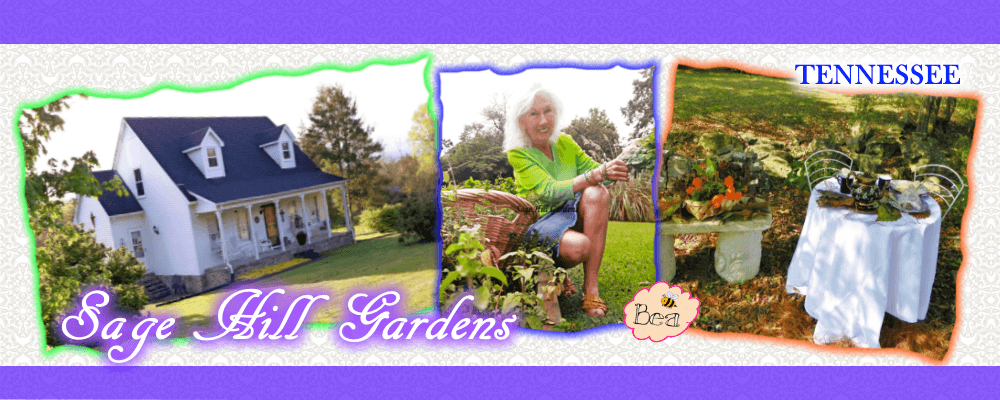
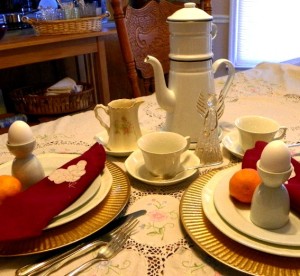
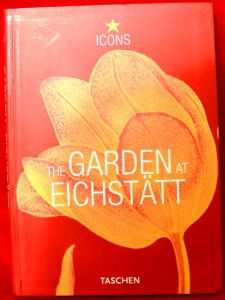
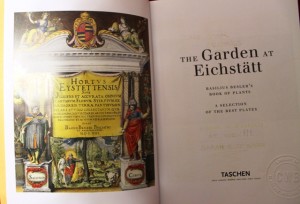
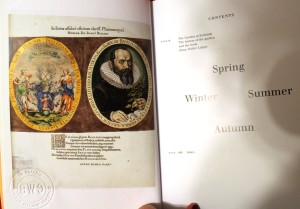
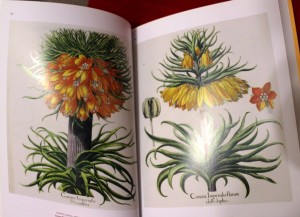
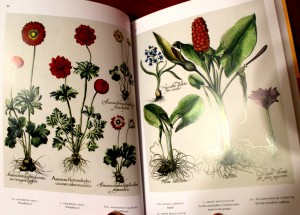
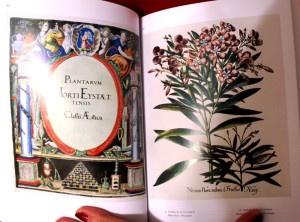
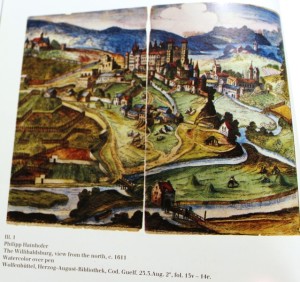
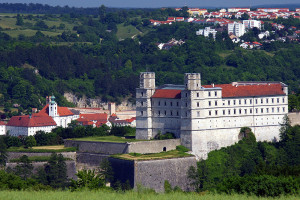


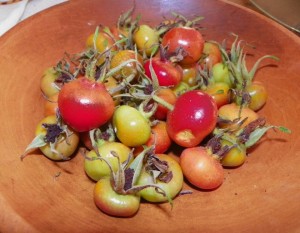 Rose (Rosa spp.) The name for a rose is almost the same in every European language. Dried roses have been found in Egyptian tombs.
Rose (Rosa spp.) The name for a rose is almost the same in every European language. Dried roses have been found in Egyptian tombs. One is always as beautiful as the next-in the eye of the beholder…
One is always as beautiful as the next-in the eye of the beholder…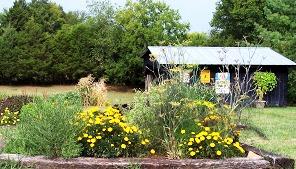
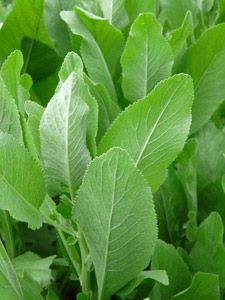
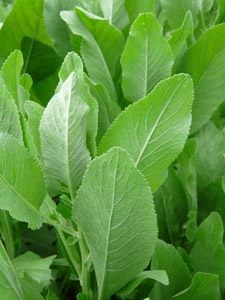 Costmary (Chrysanthemem balsamita) is also known as Bible leaf because in Colonial times a leaf served as a bookmark in Bibles and prayer books. When drowsiness set in, the sleeper treated himself to the minty leaf to stay awake~
Costmary (Chrysanthemem balsamita) is also known as Bible leaf because in Colonial times a leaf served as a bookmark in Bibles and prayer books. When drowsiness set in, the sleeper treated himself to the minty leaf to stay awake~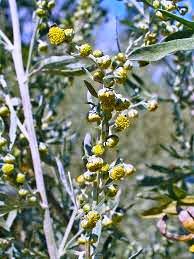
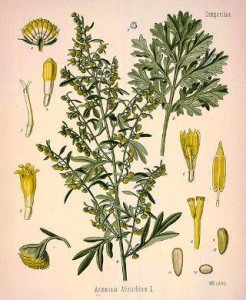 This yields what is known to druggist as “Absinthine”.
This yields what is known to druggist as “Absinthine”.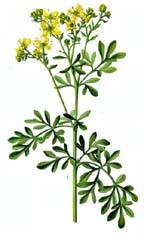
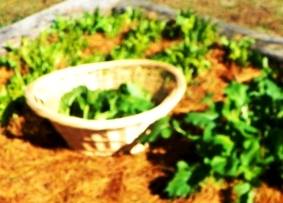
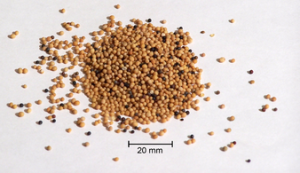 Mustard (Brassica nigra) is described in Matthew 13:31 as “the least of all seeds: but when it is grown, it is the greatest among herbs, and becometh a tree, so that the birds of the air come and lodge in the branches thereof.”
Mustard (Brassica nigra) is described in Matthew 13:31 as “the least of all seeds: but when it is grown, it is the greatest among herbs, and becometh a tree, so that the birds of the air come and lodge in the branches thereof.”